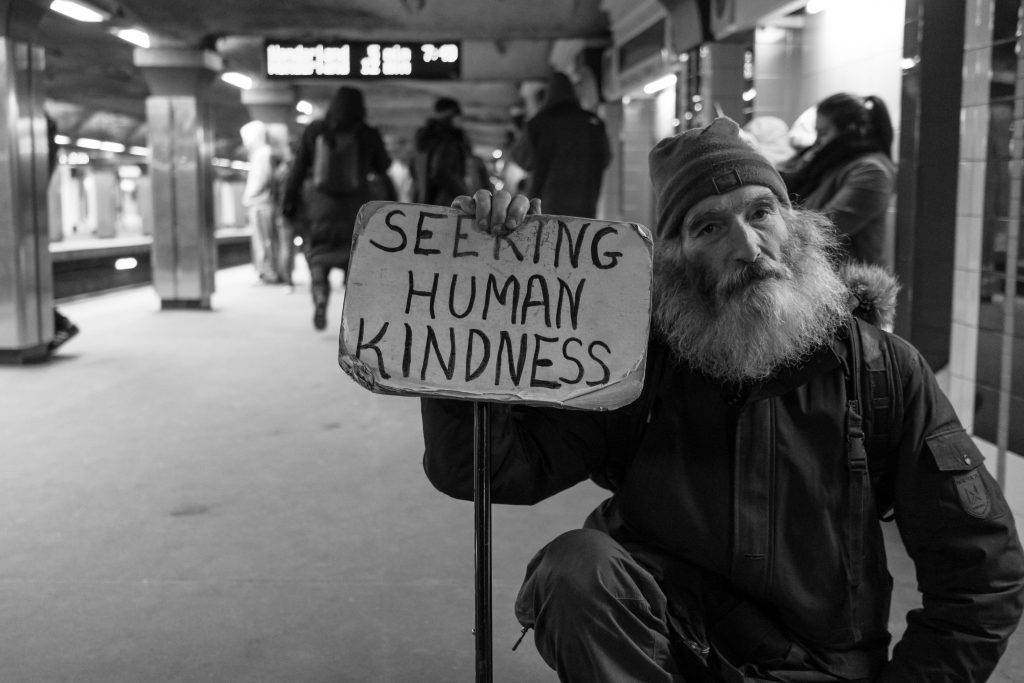It’s been asked, “Is the treatment worse than the disease?” when it comes to the management and containment of COVID-19. Might there be more deaths related to the mitigation of COVID-19 than the disease itself? Might there be more deaths from people not working than from developing COVID-19? If so, what could be the layoff deaths related to COVID-19?

Deaths go up when the economy goes down.
Much of the economy has tanked with “stay at home” orders throughout the country. This has knocked many individuals out of the workforce and into unemployment lines.
What is the health impact of these layoffs and furloughs?
It is a legitimate question because if history is any indicator, death rates go up during economically challenging times. Most of these deaths come in the form of suicides and accidental deaths from alcohol and drug abuse. These are called deaths of despair.
In addition, physical and emotional abuse in general goes up. But, there is something else unique to this COVID-19 situation that separates it from other economic hardships.
And, that is we are intentionally providing less care to non-COVID-19 patients by not having these patients come to our offices and/or instructing them to limit visits to the emergency rooms and urgent care centers (to reduce the chances of being exposed to the coronavirus), if at all possible.
What will be the morbidity and mortality from this lack of care to non-COVID-19 patients? Many of these patients are being managed over the phone or through video Telehealth visits. These visits are fine for simple straightforward problems.
But, for those patients with multiple and/or complex medical problems which include many of the elderly – the very population we are trying to spare from getting COVID-19 – these Telehealth visits fall short of the necessary quality to manage them optimally.
Is it possible that we may see more deaths due to the economic or layoff deaths than from COVID-19? Some think it is very well possible.
Who is Out of Work?
About 22 million Americans who had jobs have now lost those jobs due to COVID-19 as of 4/22/2020. That is 13% of the workforce. Unfortunately, the deaths that may occur in these 22 million due to loss of work have not been factored into any of the COVID-19 mitigation models
Before the onset of the pandemic, the unemployment rate was just 3.5%. Add that additional 13% and the unemployment rate is at least 16.5%. The St. Louis Federal Reserve predicts unemployment could reach 32%, worse than anything seen during the Great Depression.
So we can see why many governors and the President of the United States are eager to re-open the economy.
Layoff Deaths
If unemployment does hit 32%, then it is projected that 77,000 Americans will die from suicide and alcohol/drug overdoses. If that is the case then the number of these layoff deaths will exceed the now projected number of 66,000 deaths related to COVID-19.
Consider this. For every 1% increase in unemployment, there is a 0.99% increase in suicides – virtually a one-to-one ratio. These deaths of despair primarily hit those still in the prime of their lives. Deaths from COVID-19 are primarily hitting people 65 and over. In fact, as of April 24, 2020, 79% of COVID-19 deaths in the United States are in people over age 65.
Not to devalue the significance of any death, but many who are dying from COVID-19 would likely die in the next 2-4 years from something else. That is less true for those who would die from layoff deaths.
Also, these layoff deaths do not take into account any additional morbidity and mortality from the withholding of care given to non-COVID-19 patients in an attempt to reduce their chances of getting exposed to the virus by bringing them into healthcare facilities.
Many ERs are only seeing 50% to 60% of their usual patient volume. Does anyone think there has been a 50% drop in strokes or heart attacks during this pandemic or any other medical condition? The answer is “no”. So what is happening to these patients? Are they being seen somewhere else? Probably not. Likely, they are in many cases overlooking their symptoms and staying home and having their strokes and heart attacks in the “comfort of their homes.”
What is going to be their morbidity and mortality? The morbidity and mortality in this group may exceed far-away deaths from COVID-19 and layoff deaths. These individuals represent the “silent majority” during this pandemic.
There is a difference in exposure risk to SARS-COV-2 (which causes COVID-19) between being in a busy emergency room and an outpatient medical office.
For instance, in our office, we are not seeing any patients with respiratory symptoms and/or fever. In addition, all staff and physicians have their temperatures taken in the morning. No one with a fever is allowed to work. We can control who enters the building unlike a hospital, emergency room, or even a grocery store. If someone has a cough or fever and needs groceries, guess what? They are probably going to the grocery store.
We believe the chances of being exposed to the virus are greater at the grocery store than in an outpatient medical office that is taking steps to minimize exposure to SARS-COV-2 such as we are doing in our medical office
Is it possible that the treatment can be worse than the disease? The statistics say it is possible.
